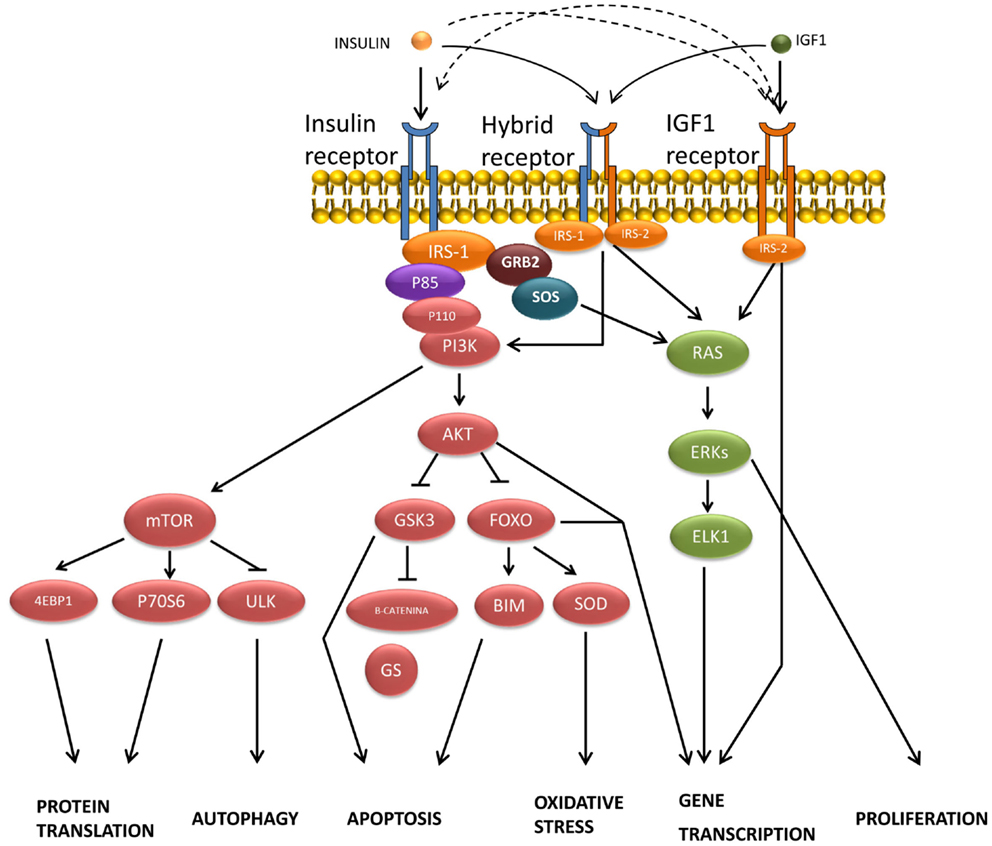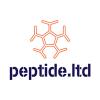Was screening for some other compounds that might be of interest to us.
Since stress can shorten lifespan, healthspan and what not then this also looks neat:
FAAH inhibitors ex. URB597 for stress/anxiety & no adverse effect on memory
http://www.ncbi.nlm....pubmed/26713105
http://www.ncbi.nlm....pubmed/26558620
RESULTS: One FAAH inhibitor, AM3506 (3 mg/kg), decreased accuracy in the memory task. Four other FAAH inhibitors (URB597, URB694, PF-04457845, and ARN14633) and a monoacylglycerol lipase inhibitor (JZL184, which blocks the degradation of the endocannabinoid 2-arachidonoylglycerol) had no effect. Testing of AM3506 in combination with antagonists for receptors known to be affected by anandamide and other fatty acid amides indicated that the impairment induced by AM3506 was mediated by cannabinoid CB1 receptors, and not by alpha-type peroxisome proliferator-activated receptors (PPAR-alpha) or vanilloid transient receptor potential cation channels (TRPV1).
--------------------------------------
Not so good
Tianeptine - also vs stress, not bad research about it but also quite bad user experiences overall - I don't think it will fit in your/mine agenda. Actually as everything that touches seretonin or dopamine?
http://www.ncbi.nlm....pubmed/23780498
http://www.ncbi.nlm....pubmed/23262120
http://www.longecity...e-side-effects/
Tianeptine inhibits activity of the enzyme nitric oxide synthase (NOS) in the hippocampus.(not good)
-------------------------
Barely researched.
5-HT5A receptor antagonists?
http://www.ncbi.nlm....pubmed/25837935
These results indicate that the 5-HT5A receptor is involved in learning and memory and that treatment with 5-HT5A receptor antagonists might be broadly effective for cognitive impairment associated with not only schizophrenia but also dementia.
http://www.ncbi.nlm....pubmed/23735322
All together this evidence suggests that the blockade of 5-HT5A receptor appear to be able to impair STM and LTM (24 h), while its stimulation might facilitate it. Of course further investigation is necessary, meanly with selective 5-HT5A compounds are necessary.
http://www.ncbi.nlm....pubmed/25108314
These results collectively suggest that ASP5736 is a novel and potent 5-HT5A receptor antagonist that not only ameliorates positive-like symptoms but also cognitive impairments in animal models of schizophrenia, without adverse effects. Present studies also indicate that ASP5736 holds potential to satisfy currently unmet medical needs for the treatment of schizophrenia by either mono-therapy or co-administered with commercially available antipsychotics.
http://www.ncbi.nlm....pubmed/20166946
currently only 2 (barely known?) substances. Might need to wait?
---------------------------------------------------------
Would be nice to keep listing alternative substances with same pathway action 
For PDE5i we can list Icariin, sildenafil, tadalafil and other straight from wiki:
---------------------------------------------
For PDEi4 also Roflumilast (really this stuff is too expensive.)
is a potent, long-acting, selective PDE4 Inhibitor (PDE4i) displaying anti-inflammatory and cognitive enhancing/nootropic properties.
http://www.ncbi.nlm....pubmed/25038445
Here, we investigated possible preventive effects of ibudilast, as a pharmacologic phosphodiesterase inhibitor, currently used for treatment of inflammatory diseases such as asthma, on Aβ 1-42-induced neuroinflammatory, apoptotic responses and memory impairment. We found that pretreatment with ibudilast (4 or 12 mg/kg, i.p.) significantly ameliorated impaired spatial learning and memory in intracerebroventricularly (ICV) Aβ 1-42-injected mice, as evidenced by decrease in escape latency during acquisition trials and increase in exploratory activities in the probe trial in Morris water maze (MWM) task, and by increase in the number of correct choices and decrease in latency to enter the shock-free compartment in Y-maze test. Further study showed that ibudilast prevented generation of pro-inflammatory cytokines such as NF-κB p65 and TNF-α as well as pro-apoptotic molecule caspase-3 activation and anti-apoptotic protein Bcl-2 downregulation in both hippocampus and cortex of ICV Aβ 1-42-injected mice. Taken together, our findings suggest that ibudilast has preventive effects on Aβ-induced cognitive impairment via inhibiting neuroinflammatory and apoptotic responses.
---------------------------
What is your opinion -
Do we want to mess with serotonin via inhibition or rather not touch it at all?
![]() From various reports you should aim at nanoscale first
From various reports you should aim at nanoscale first















































